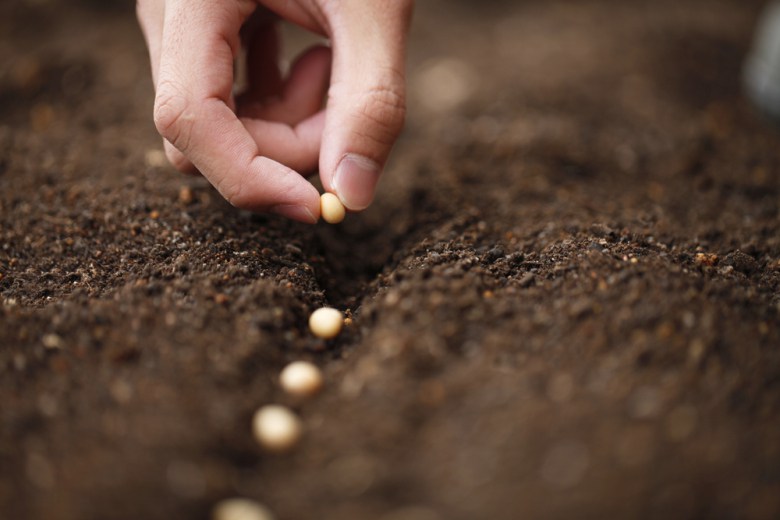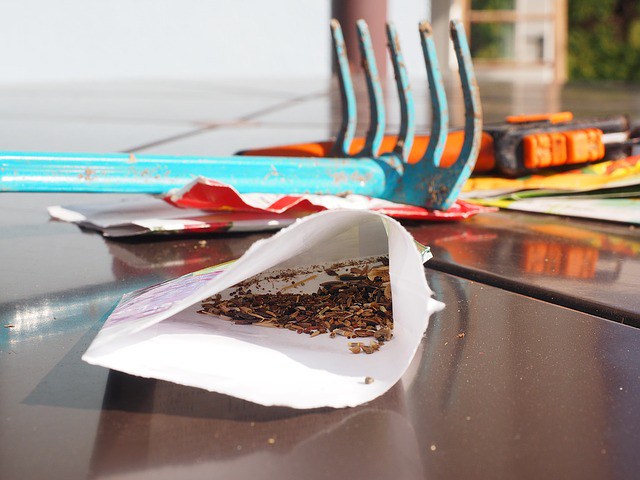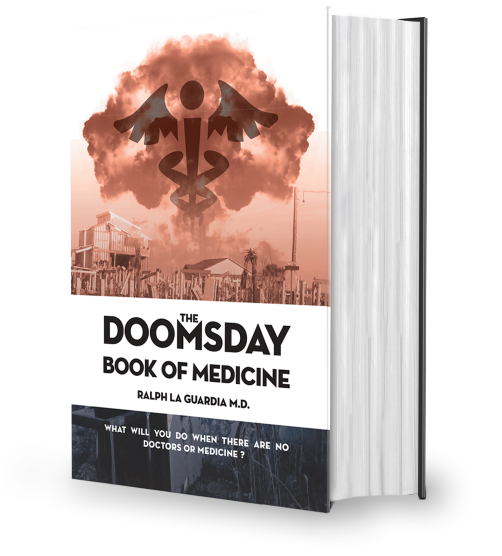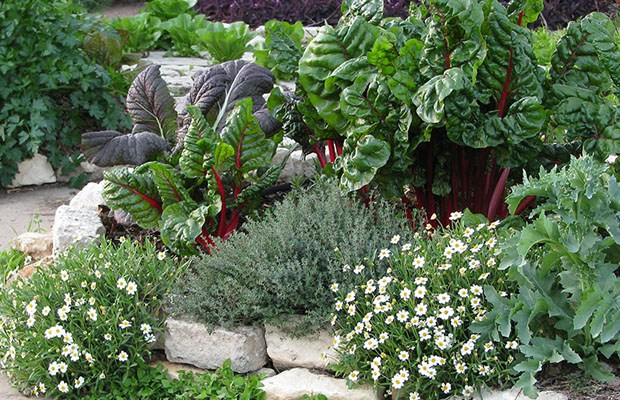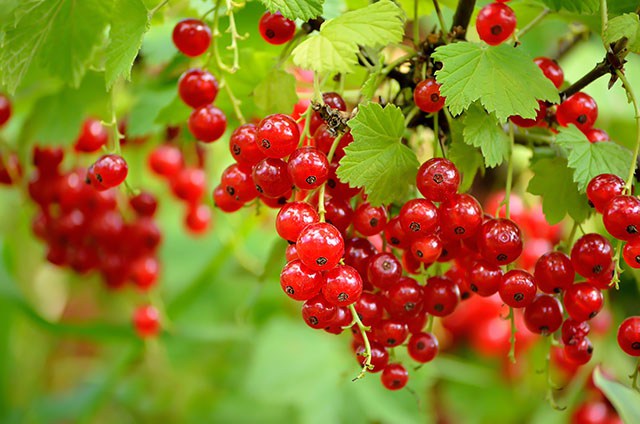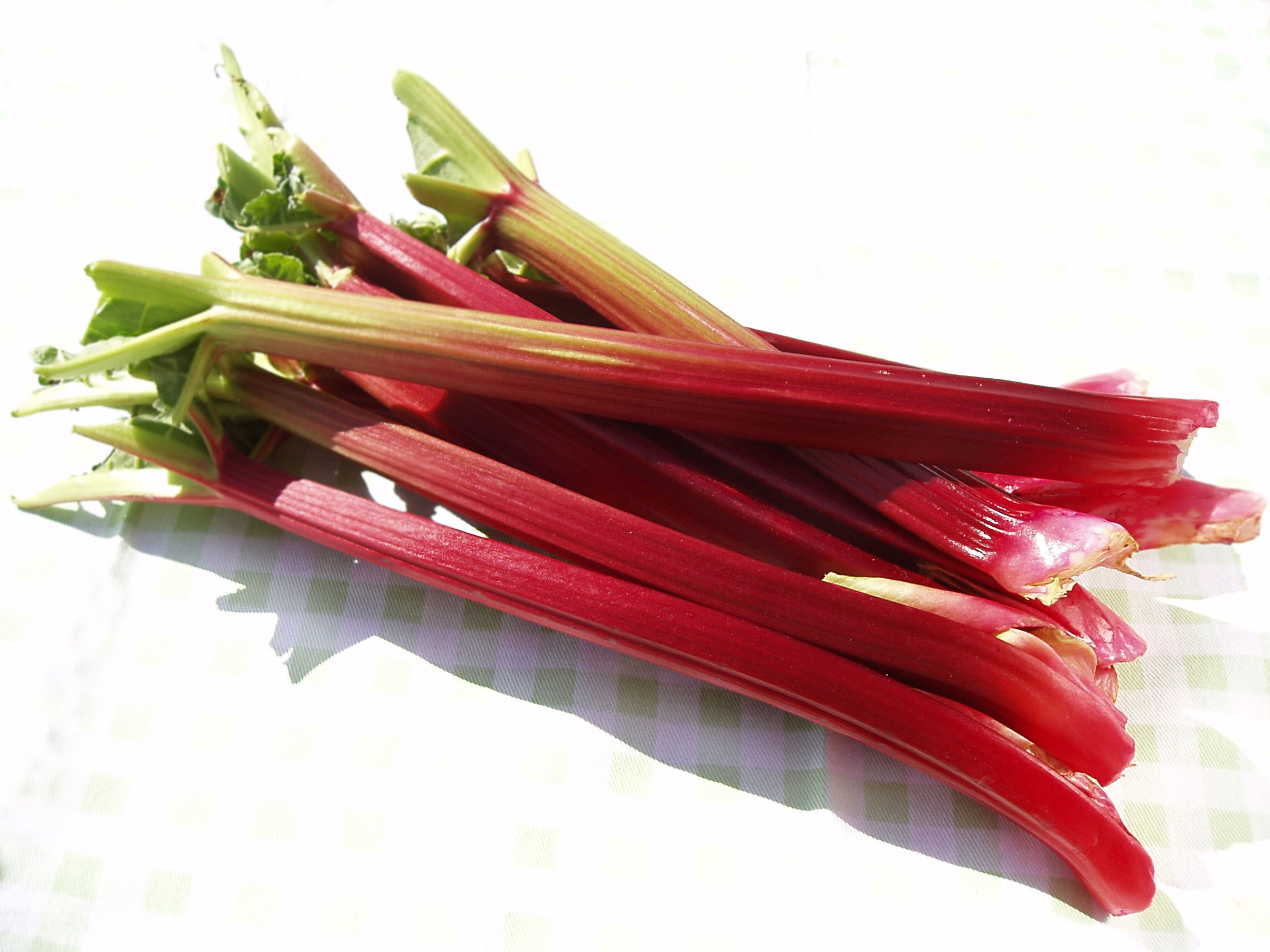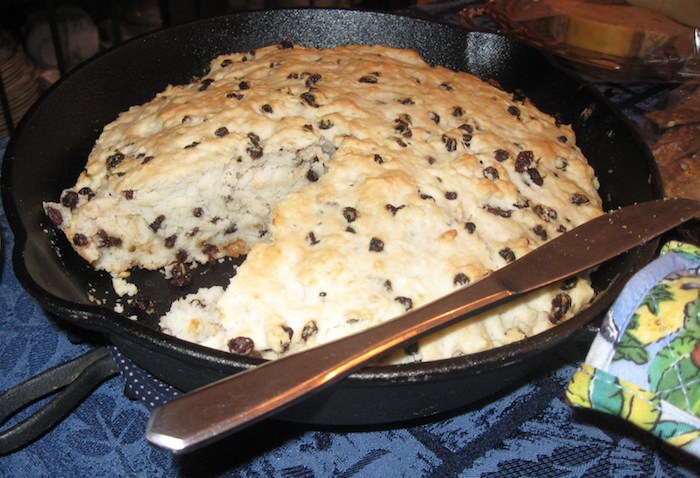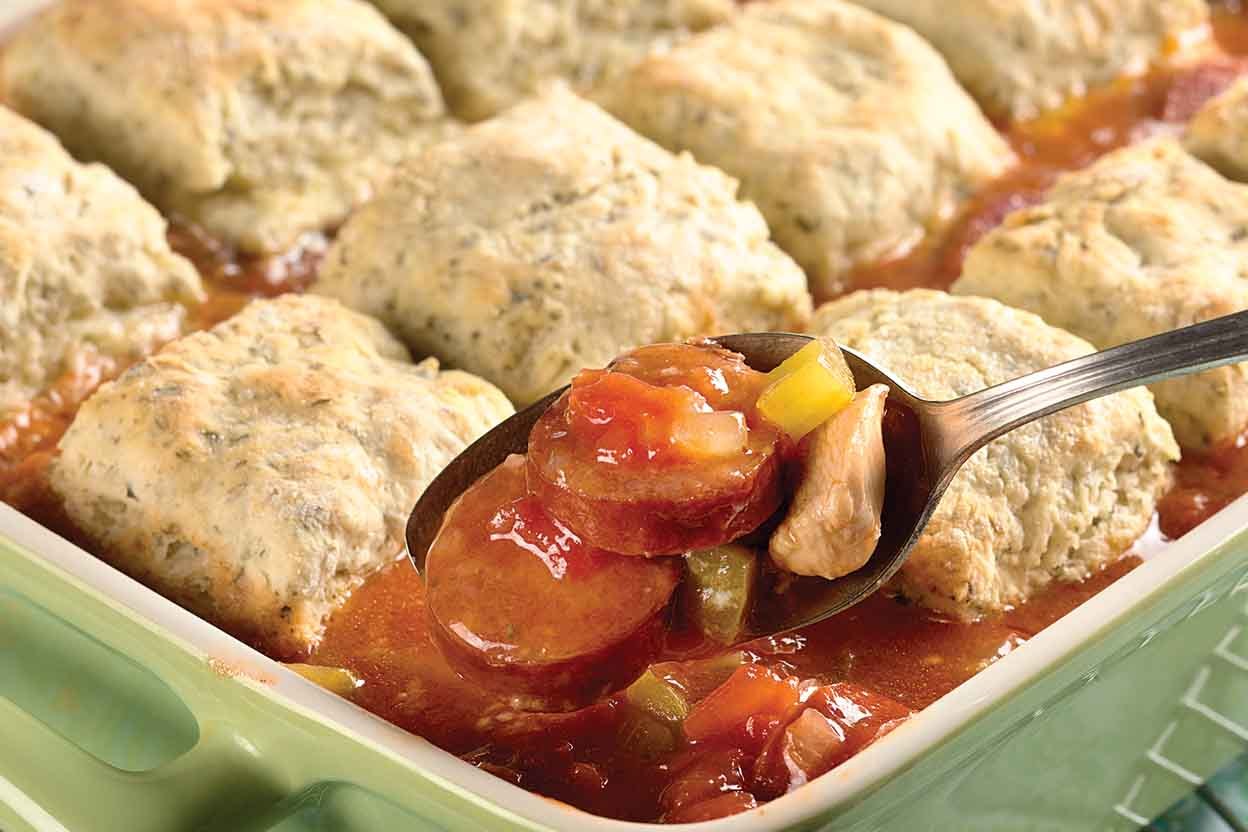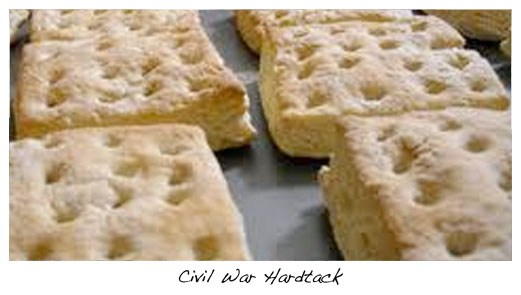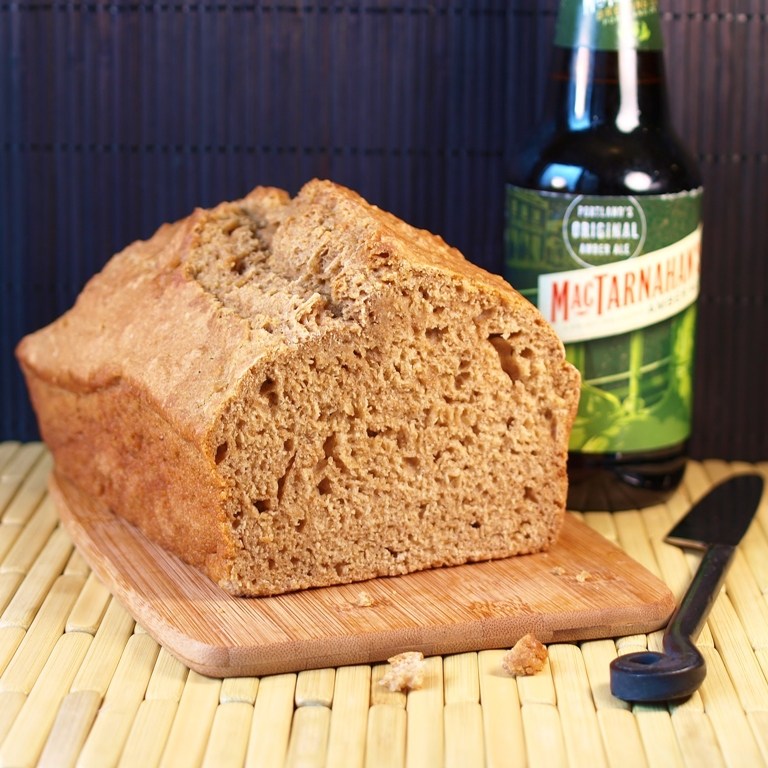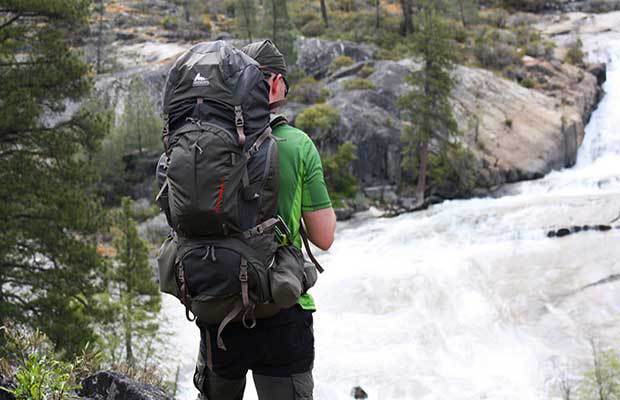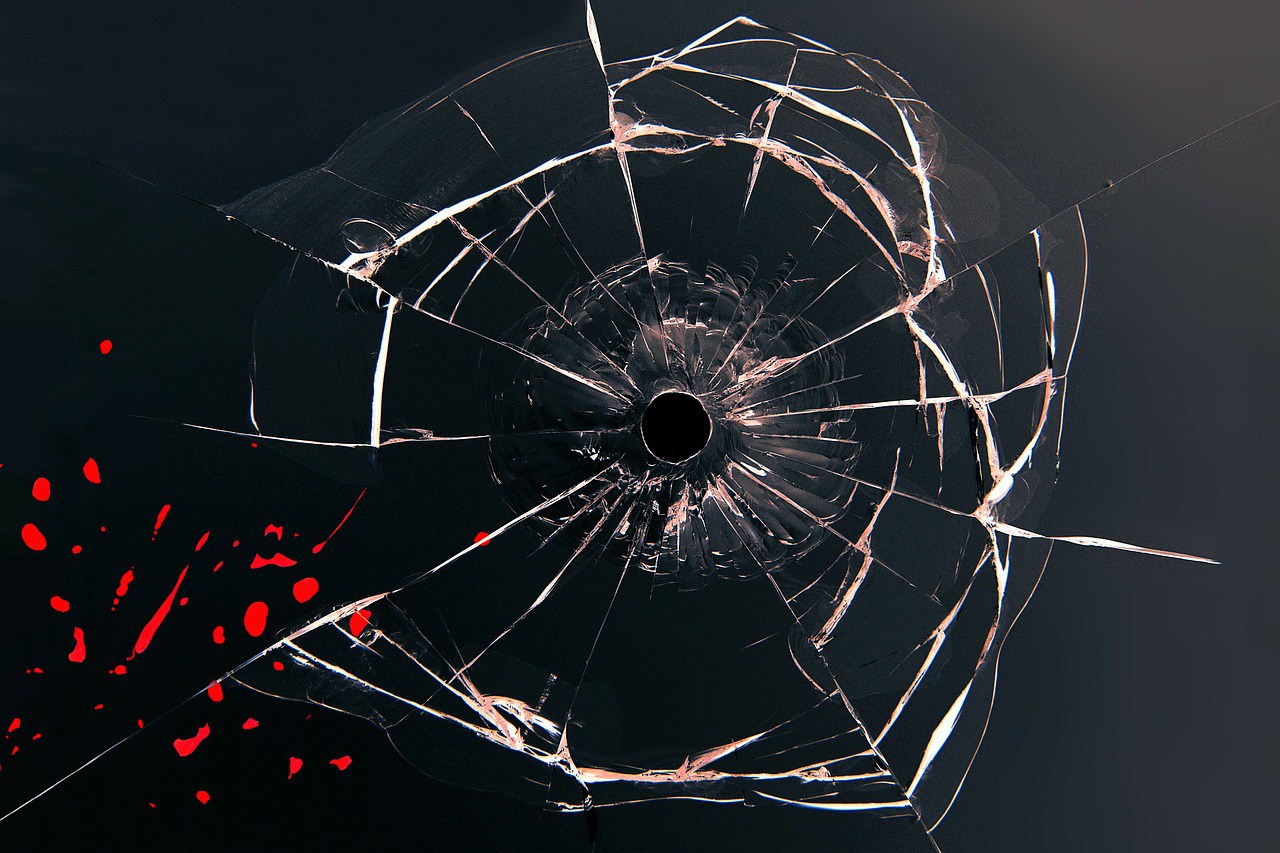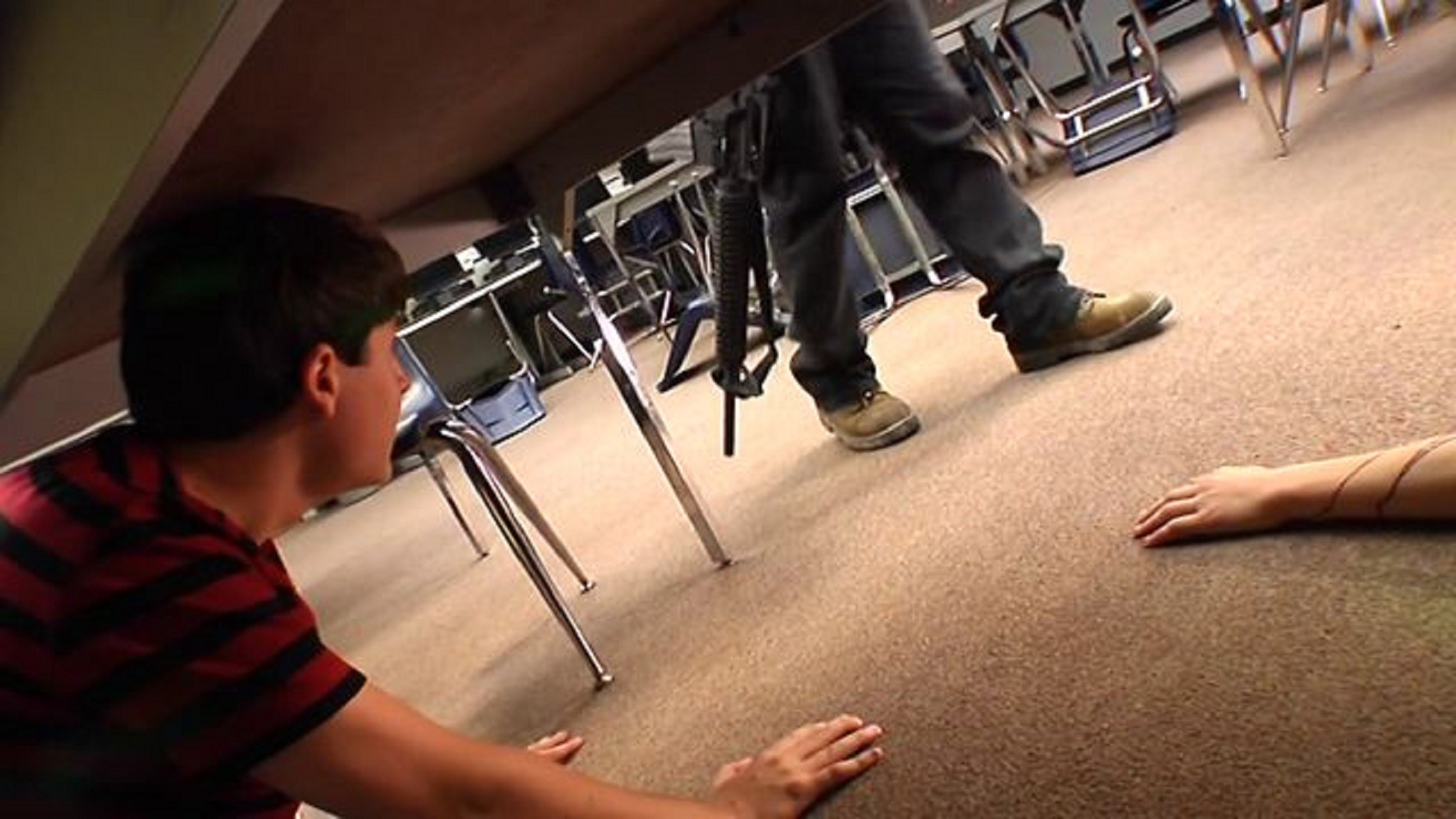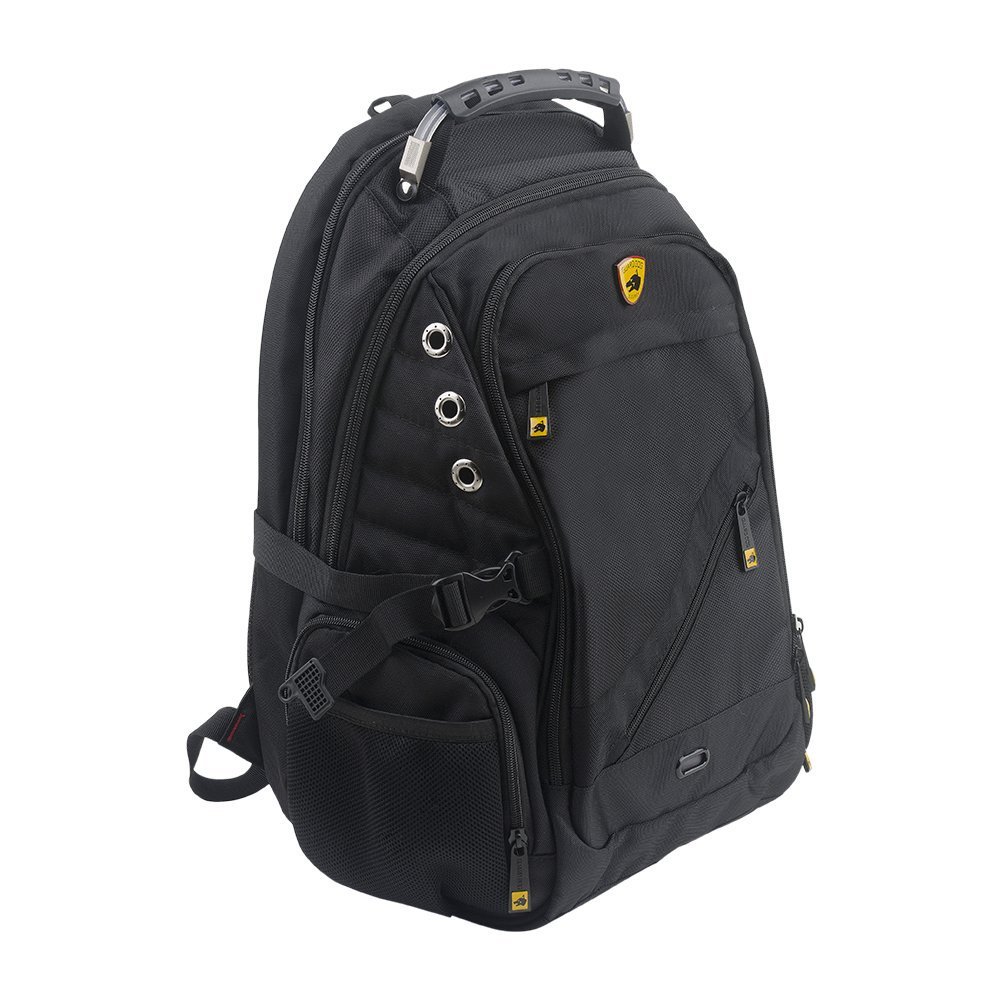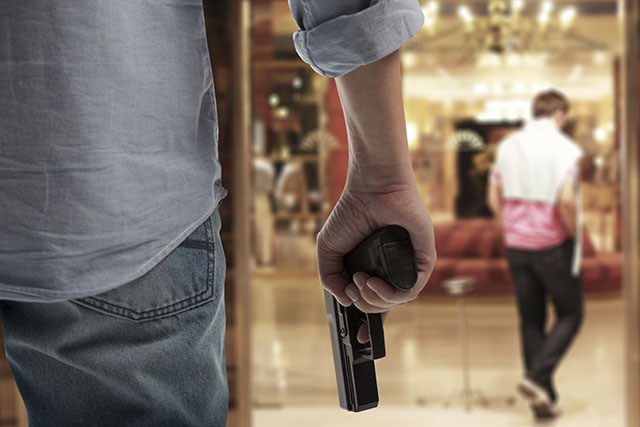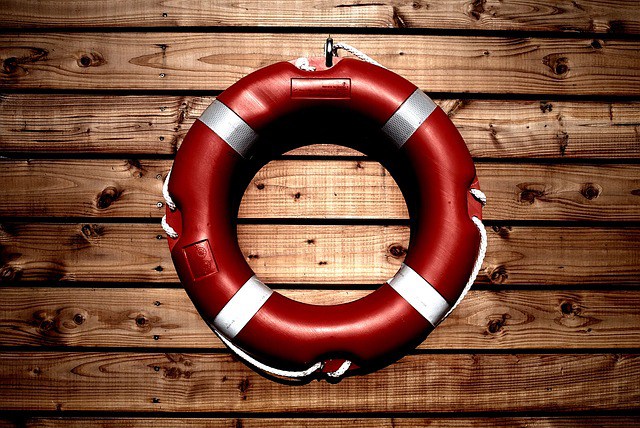8 Must-Have Survival Items for Urbanites
Welcome to the jungle! We ain’t got any fun, games, plants or even swinging vines. What we do have is concrete, iffy back alleys, and lots of ways for you to lose your wallet and, perhaps, even your very life. Charming perspective, ain’t it?
Well, that’s more or less what it feels like living in the big city; nature may be wrathful, but not even her can hope to emulate our fellow man when devotes his entire energy to darker things. Urban survival has gained a lot of traction over the past couple of year and, I, for one, agree that you don’t need to become in the middle of nowhere in order to exercise those survival skills.
Anything can happen when you’re on the street – and that’s not fear-mongering, that’s a reality. If you don’t believe me, just hop on the Internet and do a quick search on crime in your area. You’ll be surprised to find out that your seemingly-quiet neighborhood becomes a minefield at night.
Anyway, after these cheerful little thoughts, let’s get acquainted with today’s topic – urban survival. Prepping means being ready for anything and at any time.
This also covers things like taking a stroll around the park or visiting another part of the city. Can’t say I got into too much trouble around the city, but then again, I’ve always tried my best to avoid some areas, especially at night.
No, it doesn’t have anything to do with mystical mumbo-jumbo, but anyone can get a little jumpy when having to traverse a poorly-lit area with tons of dark corner and who knows what else.
Ever since I got bit by the prepping love bug, I’ve always done my business to carry around a downscale version of my B.O.B. Well, on the outside it looks like a regular backpack (nothing too fancy about it), but in the inside, I have all the tools I need to get out of just about urban SHTF situation. So, without further ado, here are my choice of X items that shouldn’t be missing from your urban survival kit.
- Tactical flashlight
I truly believe that entire books can be written on the topic of tactical flashlights, and for a darn good reason – they have many other uses, some of them going well beyond their original purpose. Now, this is the kind of item you really wouldn’t want to buy from a thrift or yard sale.
A high-quality tac light can cost anywhere from $100 to $1,000, depending on things like construction and add-ons. I found it best to carry around one of the tac lights that come with a built-in taser (the electrodes are built into the flashlight’s butt, so be careful not to fool around with it).
Apart from the fact that most tac lights are LED-powered, meaning that they offer thrice as much battery life and light compared to those using incandescent bulbs, it can also serve other purposes. For instance, if someone wants to mug you, use the back end to zap him.
Or, if you prefer something more hardcore, you can always use that tac light as a club. A high-quality tactical comes with various gadgets which you can use to attach them anywhere – suction cup for walls or glass surfaces, strap, and socket for headwear, and even a lanyard hole. They are very robust but, at the same time, very light (mine weighs a little over 200 grams). So, get yourself a tac light and toss it in your urban survival kit.
- First-aid kit
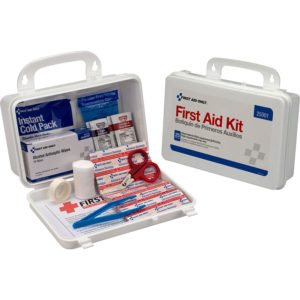
No matter where the winding road takes me, I always carry around a downscaled version of my B.O.B’s medical kit. If you’re going to stroll around the city, you won’t need stuff like straight scissors, suturing kits, syringes, saline solution or whatnots.
For a basic urban first-aid, toss in a couple of Band-Aids, sterile pad, a small bottle of disinfectant, hand gel, and a couple of safety pins or some tape. That’s it! Still, if you live in a rough neighborhood, you should remember to pack extra supplies in case you have to deal with a more severe injury.
Moreover, if you have any allergies, you should always carry an EpiPen and a box of antihistamines in case you experience an allergic reaction. Before I met my wife, I used to hang around another part of the city where – how should I say this? – was not for those faints of heart. Since the opioid crisis’ on the rise, I made sure to carry a Narcan pen with me at all times.
No, it wasn’t for me, if that’s the question on your mind, but on several occasions, I found myself standing in front of various individuals who ODed on God knows what. Why not spend a couple of bucks each month to save a life? Chance are that you will never need to use a Narcan pen or someone, but wouldn’t it be neat to have one close when someone’s life hangs in the balance?
- Small pry bar
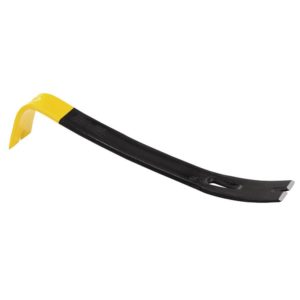
No, I really don’t fancy myself a burglar, but I always remember to carry a small prybar in my urban survival backpack in case I need to get off the street really fast and need to break down a door or something.
That thing’s really very useful in you to live in old condos where the elevator tends to break down on a daily basis. So, no matter the circumstance, a pry bar is always a valuable asset. Just don’t go waving it around like crazy, unless you want to wind up in the cooler on purpose.
- Face mask
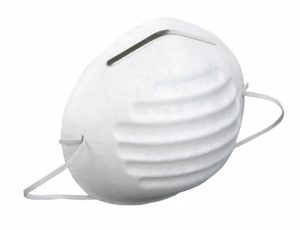
Living in a big city means sucking in all kinds of toxic fumes and gases. I am very grateful to all those wonderful people for getting hybrids because I can still feel the smoke coming from the exhaust pipes during a traffic jam. Anyway, you really don’t need to face a chemical attack in order to make use of a face mask – there are some areas of the city where the fumes are thick enough that you can probably cut them with a blunt butter knife.
- Emergency potty
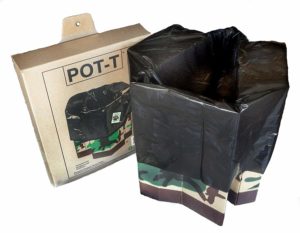
There’s nothing worse than having to go number two, only to realize that the toilet’s clogged or the water pump has stopped working. Well, I have to admit that this is a little strange, even for a prepper, but I always carry one of those foldable potties in my backpack.
Yes, yes, I know that most of you are picturing me know to get out my portable potty to “spend a penny” on a crowded subway, but it’s not like that. You may never know when the shit hits the fan, and you wind up having to cross half of the city for a working toilet. No, I will not expose myself on a bus full of people, but I will find a secluded place for when Nature calls in those moments when there’s nothing available nearby.
- Multi-tool
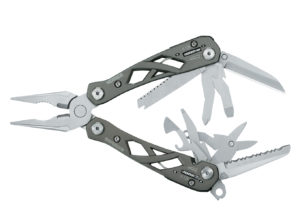
I always like to carry around Ol’ Vicky (that’s how I named by Victorinox Swiss Multi-tool). Why? I don’t know for certain, but I usually find a way or two to use my multi-tool before the day’s over. I found very handy for those Saturday afternoon bike trips of mine – I should seriously consider buying a new bike since I tend to spend more time making repairs than actually riding it.
Anyway, the multi-tool’s a very useful asset, no matter where you go and do. Broken zipper? No problem! Key broke in the lock? Just use the multi-tool to get it out. Locks are cheap; doors aren’t!
- Work or hiking boots
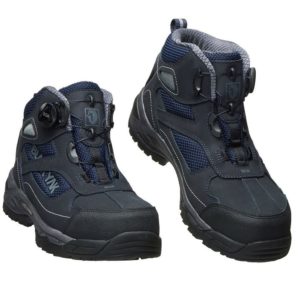
Wearing heavy-duty work or hiking may not much of a fashion statement, but they can help a bunch during an SHTF situation. Of course, being in the city means that you won’t have to do too much mountain climbing. Still, in certain situations, you’re going to need that extra traction offered by a pair of hiking boots.
For instance, there’s no guarantee that during one of the walks you won’t wind up stuck in an elevator or inside a subway tunnel. Both situations call for hiking, climbing, and maybe running. Sure, you can always wait for the repair team to arrive and fix the thing or you can get out and lend them a hand. Remember that in some cases, like a tunnel collapse or whatever, it may take the emergency response team hours to get to you.
That wouldn’t be much of a problem if you didn’t have a limited oxygen supply or surrounded by injured or scared to death people. Anyway, weather permitting, you should do yourself a favor and tour the city in hiking boots. Of course, not every social call allows for this type of footwear, but I’ll let you figure that one out yourself.
- Solar charger

I find nowadays smartphones very irritating. Yes, I know you can take lots of pretty pictures with them, shoot 4K videos, surf the Internet, buy stuff online or play games, but that battery life though. Had this Samsung Galaxy Whatever-Model smartphone – great gadget.
The only thing wrong with it was the blasted battery – 6 hours on a full charge. That’s how long my battery lasted, no matter the circumstance. Tried changing the battery, tinkering around the apps; nothing worked. So, I’ve decided to carry around one of those portable solar chargers.
They work great, and if there’s enough sun, you can probably get a full charge in 4 hours or less. However, the best thing about these solar chargers is that you don’t have to stop in order to charge your phone or whatever. The solar cell can be taped to your backpack and the cable’s long enough to reach your pocket. Try it out! You won’t regret it.
And so, we come to the end of yet another article in which I glorify the well-made bug out bag. Well, it’s not exactly your run-of-the-mill backpack, but you get the idea. I know that most of you don’t feel comfortable carrying zero hour items while going shopping, strolling in the park or going to propose to your SO, but do bear in mind that shit happens everywhere, regardless if you’re a big city dweller or the king of your own mountain.
Other self-sufficiency and preparedness solutions recommended for you:
The Lost Ways (The vital self-sufficiency lessons our great grand-fathers left us)
Survival MD (Knowledge to survive any medical crisis situation)
Backyard Liberty (Liberal’s hidden agenda: more than just your guns…)
Alive After the Fall (Build yourself the only unlimited water source you’ll ever need)
The Lost ways II (4 Important Forgotten Skills used by our Ancestors that can help you in any crisis)
The Patriot Privacy Kit (Secure your privacy in just 10 simple steps)
Welcome to the jungle! We ain’t got any fun, games, plants or even swinging vines. What we do have is concrete, iffy back alleys, and lots of ways for you

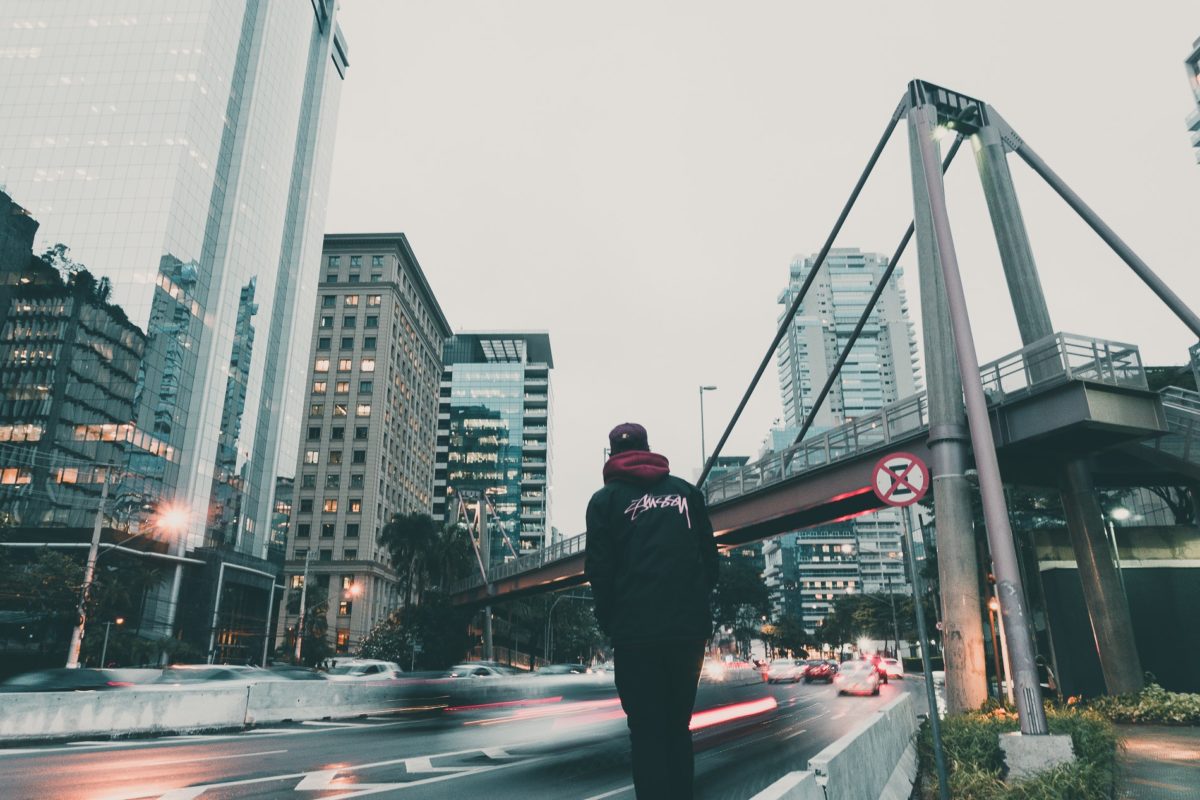

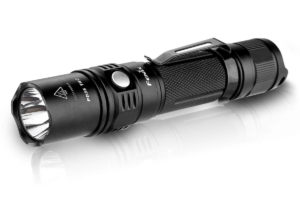

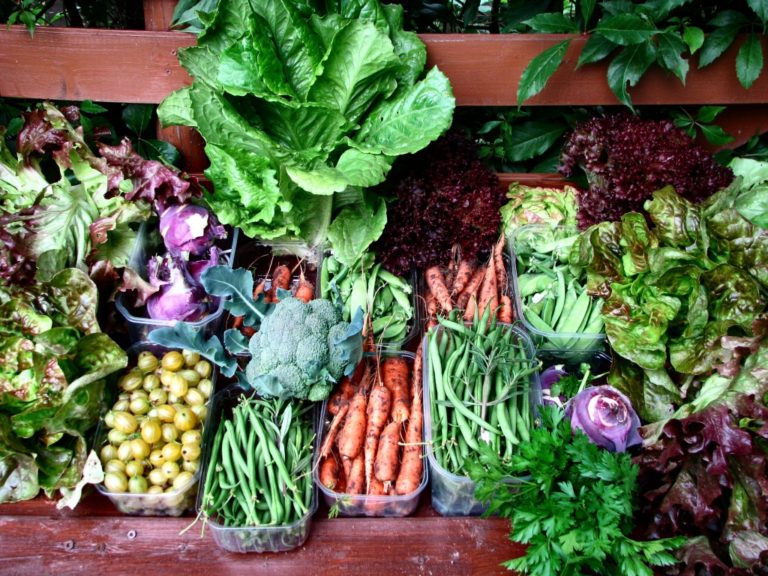
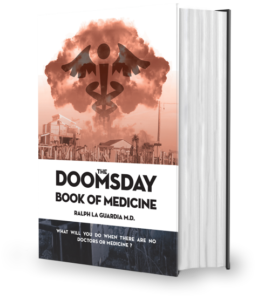

 We also want to pick the right plants for us, and the right number of plants.
We also want to pick the right plants for us, and the right number of plants.




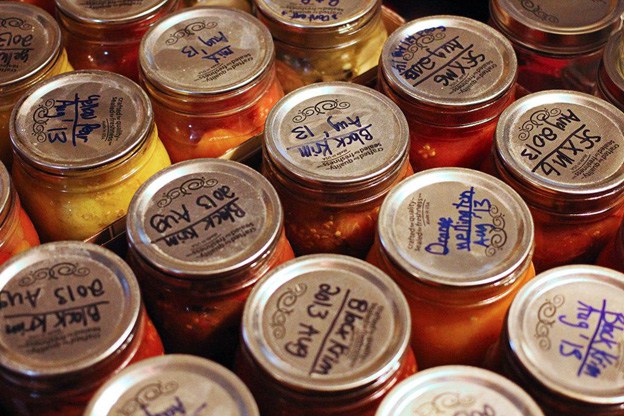
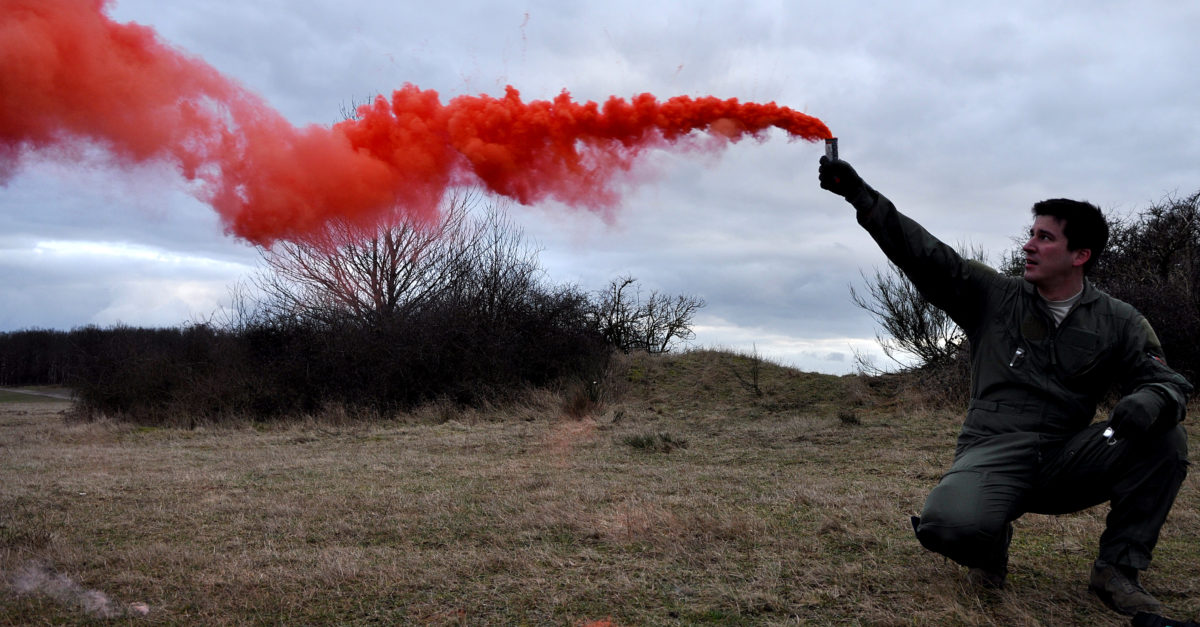
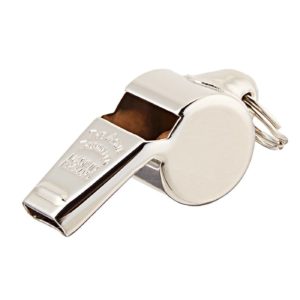
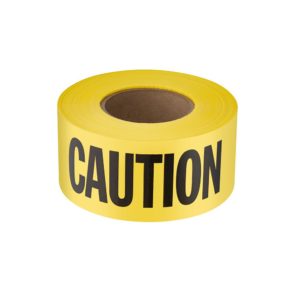
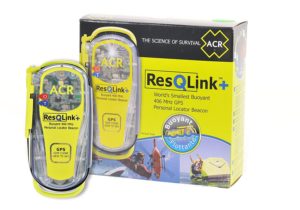
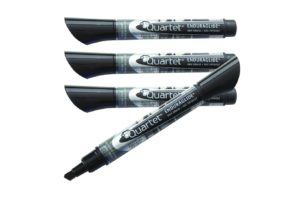
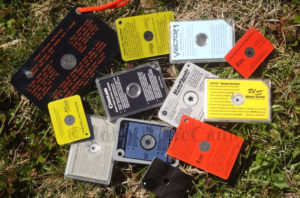
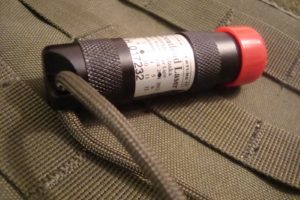
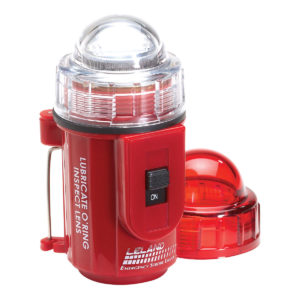
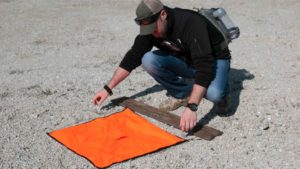
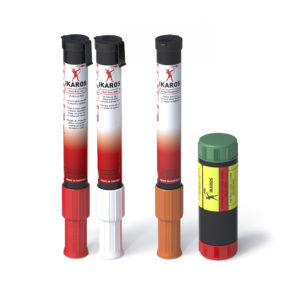

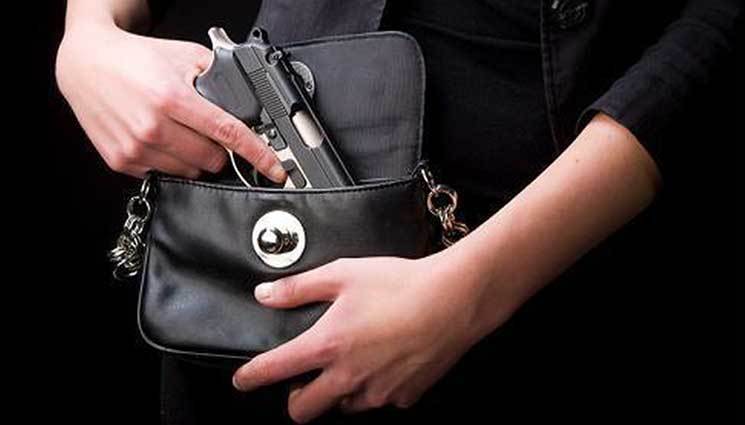
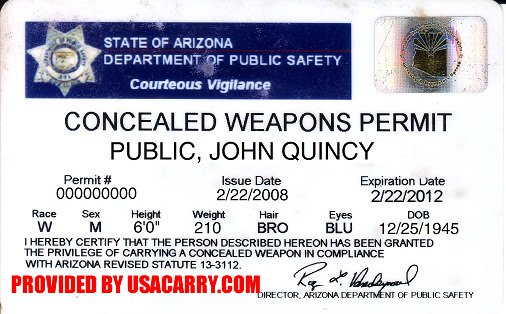
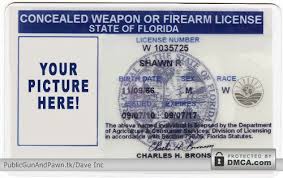
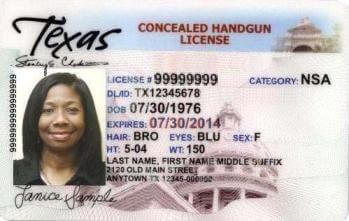
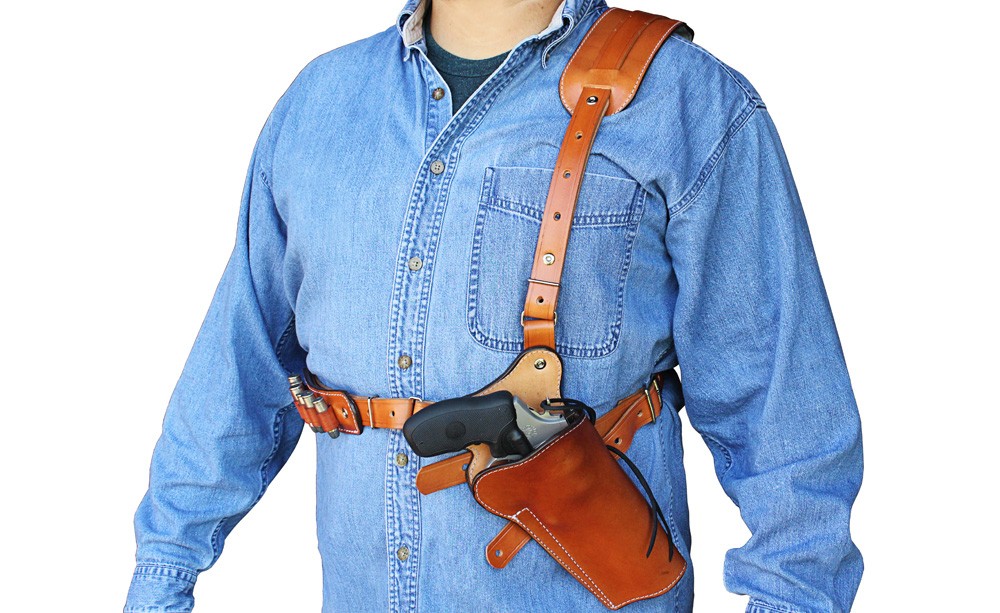
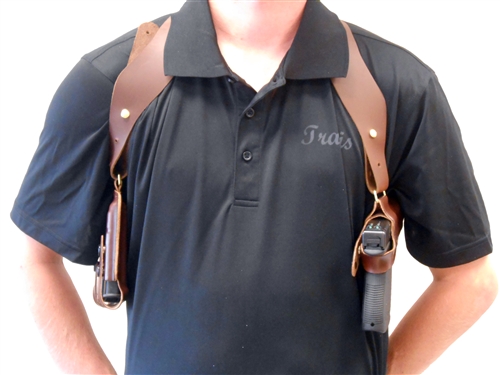 Shoulder holster.
Shoulder holster.